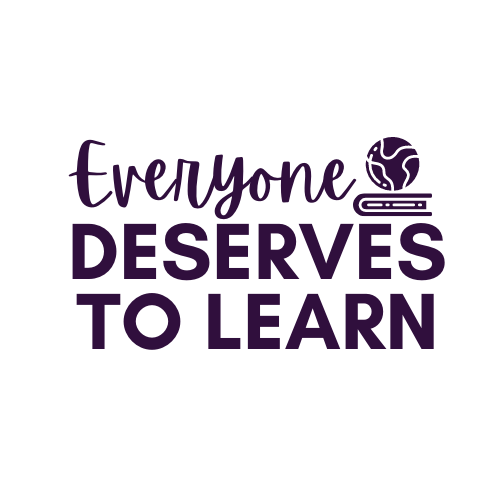Jigsaw Strategy for English Language Learners
English Language Learners need lots of authentic opportunities to practice and improve their academic language, and the jigsaw method is a fun and collaborative way to do that.

I use the 5W's and How to teach
and
units. In the pictures below, students are learning about
, and
. I start each jigsaw activity in a whole group manner, front-loading the content area vocabulary that students will be expected to know. Each vocabulary word is assigned a color, which is continued throughout the reading. Front-loading the vocabulary gives me a chance to review any language objectives we'll be practicing, such as past-tense verbs or common and proper nouns.

After pre-teaching the vocabulary, I assign students reading based on proficiency levels. Higher proficient students may get the What or How pages, and lower proficient students may get the When and Where pages for even more visual support.

Students use a graphic organizer to summarize two or three main points from the reading.

Some students write in complete sentences, others write in fragments. Here, using perfect grammar isn't as important as comprehending the content. I conference with each student while they are reading to make sure they're understanding the content at their proficiency level.

The following day, students work on editing the notes they took, editing for grammar or content, depending on the need of the student.

Finally, we rejoin as a whole group and share the information we learned. Students dictate their notes aloud one by one. This often takes more than one class period, and is difficult at first, but with more practice it gets faster and easier! The struggle is worth it: dictating the notes they've taken gives them practice in speaking, listening, reading, and writing in the content area.
After completing the jigsaw, my ELL students have notes about the 5W's and How written in language they can read and understand, and have had authentic experience speaking about the topic. It's a true academic language trifecta!

